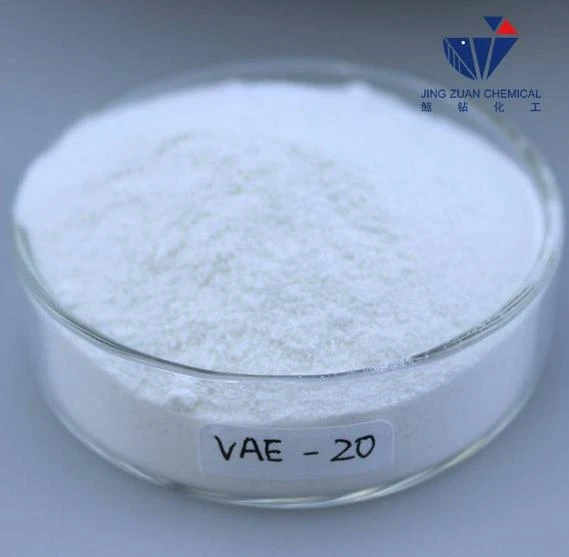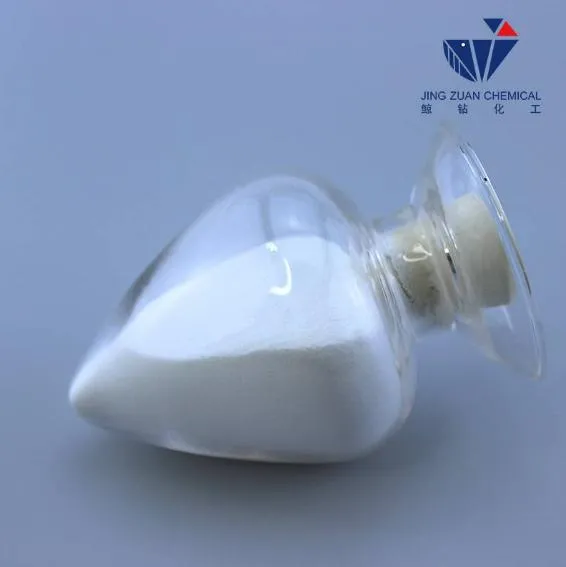
Feb . 15, 2025 08:50 Back to list
TILE BONDING ADDITIVES
Understanding the different viscosity grades of Hydroxypropyl Methylcellulose (HPMC) is crucial for industries that rely heavily on this versatile polymer. HPMC is commonly used as a thickening, suspending, and binding agent in various products across pharmaceuticals, construction, food, and even personal care industries. Here, we delve deep into the intricacies of HPMC viscosity grades and how each type suits particular industrial needs, bolstering efficiencies and product quality.
Personal care products, particularly those in the cosmetics sector, benefit greatly from the versatile nature of HPMC. High-viscosity grades are valued in lotions and creams, where they assist in achieving a rich, luxurious texture that enhances consumer satisfaction. Additionally, mid-range viscosity grades find applications in shampoos and conditioners, where they stabilize emulsions, improving shelf-life while providing an appealing, thick consistency that consumers associate with high-quality hair care products. The authority of HPMC in these industries stems from both its versatility and its derivation from cellulose, a naturally occurring polymer. This adds an element of sustainability and biodegradability, highly sought after in product formulations today. The selection of the appropriate viscosity grade of HPMC not only enhances product performance but also aligns with growing environmental consciousness, a critical consideration in contemporary product development. Trust in HPMC is reinforced by extensive research and rigorous testing that underscores its safety and effectiveness. Regulatory bodies globally acknowledge its utility, providing a further layer of credibility that manufacturers can leverage. When selecting an HPMC product, reputable suppliers should provide comprehensive technical data sheets that detail viscosity grades and their corresponding applications, simplifying the decision-making process for manufacturers seeking to enhance their product lineup with HPMC. Navigating the various HPMC viscosity grades requires an understanding of both the chemical properties of the polymer and the practical demands of the intended application. Each viscosity grade offers unique advantages that, when properly harnessed, can significantly elevate the quality and performance of final products. By carefully considering the specific needs of their industry and consulting HPMC experts, manufacturers can effectively tap into the full potential of this remarkable polymer, optimizing their operations and meeting consumer demands with confidence.


Personal care products, particularly those in the cosmetics sector, benefit greatly from the versatile nature of HPMC. High-viscosity grades are valued in lotions and creams, where they assist in achieving a rich, luxurious texture that enhances consumer satisfaction. Additionally, mid-range viscosity grades find applications in shampoos and conditioners, where they stabilize emulsions, improving shelf-life while providing an appealing, thick consistency that consumers associate with high-quality hair care products. The authority of HPMC in these industries stems from both its versatility and its derivation from cellulose, a naturally occurring polymer. This adds an element of sustainability and biodegradability, highly sought after in product formulations today. The selection of the appropriate viscosity grade of HPMC not only enhances product performance but also aligns with growing environmental consciousness, a critical consideration in contemporary product development. Trust in HPMC is reinforced by extensive research and rigorous testing that underscores its safety and effectiveness. Regulatory bodies globally acknowledge its utility, providing a further layer of credibility that manufacturers can leverage. When selecting an HPMC product, reputable suppliers should provide comprehensive technical data sheets that detail viscosity grades and their corresponding applications, simplifying the decision-making process for manufacturers seeking to enhance their product lineup with HPMC. Navigating the various HPMC viscosity grades requires an understanding of both the chemical properties of the polymer and the practical demands of the intended application. Each viscosity grade offers unique advantages that, when properly harnessed, can significantly elevate the quality and performance of final products. By carefully considering the specific needs of their industry and consulting HPMC experts, manufacturers can effectively tap into the full potential of this remarkable polymer, optimizing their operations and meeting consumer demands with confidence.
Next:
Latest news
-
Why HPMC is a Key Additive in Wall Putty Formulations
NewsAug.05,2025
-
Redispersible Powder in Decorative Renders: Function Meets Finish
NewsAug.05,2025
-
Redispersible Powder for Interior Wall Putty: Smooth Results Every Time
NewsAug.05,2025
-
HPMC’s Water Retention Capacity in Dry Mortar Applications
NewsAug.05,2025
-
HPMC Factory Contributions to Liquid Detergents
NewsAug.05,2025
-
How HPMC Factory Products Change Detergent Textures
NewsAug.05,2025
Related PRODUCTS







